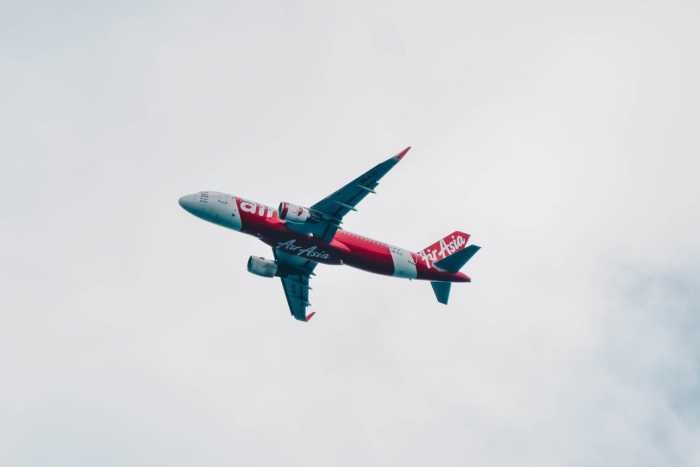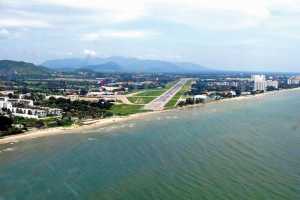
EU Emmissions Charges
11th Aug 2010

If you have travelled to Phuket from Europe by air on a regular airline then be afraid, be afraid.
Not for your safety. But for your pocket in the future.
Fat cat bureaucrats from the European Union are out to 'get' the airlines for their carbon emission contribution to global warming - but it will be you, the customer, who eventually pays the price through your ticket.
You see, the EU has decided, in its wisdom that from 2012 onwards what is called the Emissions Trading Scheme (ETS) for aviation will come into effect. In summary it means that all airlines flying to, from and within the European Union zone will be charged for their CO2 emissions through a somewhat complicated cap and trade scheme called the Emissions Trading Scheme.
This means airlines like Thai Airways, which flies in and out of many European cities every day, will be charged for their CO2 emissions when they enter European Union air space.
But, you may say, I don't fly to Europe very often so it will not effect me.
Oh yes is will. Other areas, such as Asia-Pacific, Australia and New Zealand are already working on their own ETS schemes as is Japan. The whole idea is likely to snowball as other parts of the world basically retaliate against the European scheme, which many see as a cash cow being created by the EU.
Put it this way. The International Air Transport Association (IATA) which represents over 230 airlines in 125 countries and has been vigorously opposing the ETS, estimates that by 2020 the ETS could cost the world's airlines up to USD$21.2 billion.
So who will eventually pick up this bill? You and me: the customer.
The EU approach would not be so bad if aviation was a huge contributor to CO2 emissions - but contrary to what every rabid environmentalist would tell you - it is not, certainly compared to energy, ground transport and other major polluters.
Aviation contributes around 2% of CO2 emissions. But because of its high profile it is an easy target for politicians and bureaucrats to hit and make a few billion dollars on the side.
To combat this the airline industry has committed to improving fuel efficiency by an average of 1.5% annually to 2020; stabilizing emissions from 2020 with carbon-neutral growth and cutting emissions in half by 2050, compared to 2005 levels.
All of which may sound a bit far out into the future and nothing to worry about right now. But you have to start somewhere.
And that somewhere includes alternative fuels, such as biofuels. In this regard there are now well publicized biofuel experiments already undertaken by airlines like Virgin Atlantic and Air New Zealand, which prove that flying an aircraft safely on biofuel is feasible, albeit still at an early stage of development and certainly nowhere near the point of flying commercially with it.
But progress is being made in some surprising places. In the Middle East, for example, the Arab Air Carriers Organisation (AACO) will be the first to deploy what is called an Aircraft Emissions Manager, the world's only monitoring, reporting and verification (MRV)] software tool specially designed to measure accurately carbon emissions and fuel burn in tonne-kilometers as per the new EU requirements. All 12 AACO airlines have taken up the MRV, which has been developed by SITA, an air transport IT specialist company.
And still in the Middle East, Qatar Airways has completed the world's first commercial passenger flight powered by fuel made from natural gas. An Airbus A340-600 made a six hour flight on Rolls-Royce Trent 556 engines using a 50-50 blend of synthetic Gas to Liquids (GTL) kerosene and conventional oil-based kerosene fuel.
These are just some of the many measures being taken by the industry to develop alternative, cleaner burning, lower CO2 emissions initiatives to meet the demands of climate change.









